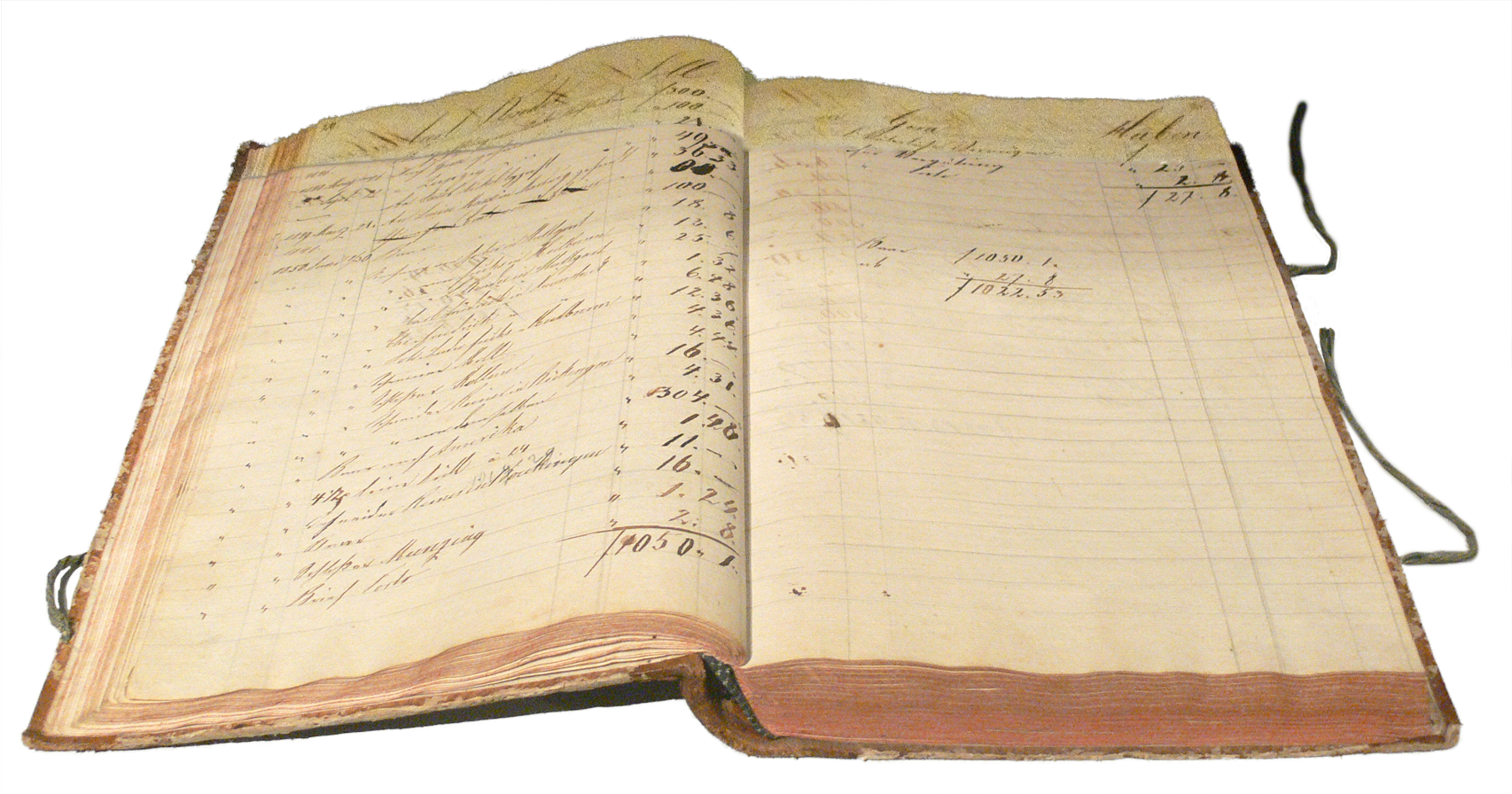How to grow your portfolio using Dividend Value investing strategies
- Introduction to Dividend Investing
- Understanding Dividend Aristocrats
- Comprehensive Overview of Dividend Aristocrats
- Identifying Potential Aristocrats
- Portfolio Creation & Management
- Dividend Reinvestment Plans
- Tax Implications of Dividend Investing
- Advanced Income Strategies
- Market Trends & Dividend Aristocrats
- Recession Proofing Your Portfolio
- International Dividend Aristocrats
- Dividend Investing Case Studies
- Developing a Dividend Investing Plan
Dividend Reinvestment Plans
Implementing Dividend Reinvestment Plans in Your Portfolio

Payment made by a corporation to its shareholders to distribute profits.
Dividend Reinvestment Plans (DRIPs) are a powerful tool for investors looking to maximize their returns. By automatically reinvesting dividends back into more shares of the company, investors can take advantage of the power of compounding. This article will guide you through the process of implementing DRIPs in your portfolio.
Setting Up a DRIP with a Brokerage
Most brokerages offer DRIPs as a free service to their clients. To set up a DRIP, you'll need to contact your brokerage and ask them to enroll your eligible stocks in their DRIP program. Once enrolled, your dividends will automatically be used to purchase more shares of the stock, instead of being paid out in cash.
Enrolling in a Company's DRIP
Some companies offer their own DRIPs, which can often be a good option for investors. These plans may offer benefits such as the ability to purchase shares at a discount or without brokerage fees. To enroll in a company's DRIP, you'll need to contact the company's investor relations department or transfer agent.
Managing DRIPs
Once you've set up your DRIPs, it's important to keep track of your reinvested dividends for tax purposes. Each reinvestment is considered a separate purchase for tax purposes, with its own cost basis and holding period.
You'll also need to decide whether to participate fully or partially in the DRIP. Full participation means that all dividends are reinvested, while partial participation means that only a portion of the dividends are reinvested, with the rest paid out in cash.
DRIPs and Fractional Shares
One of the benefits of DRIPs is the ability to purchase fractional shares. This means that if your dividend doesn't cover the cost of a full share, it can still be reinvested. This allows you to keep your money working for you, rather than sitting idle.
In conclusion, implementing DRIPs in your portfolio can be a great way to maximize your returns and take advantage of the power of compounding. However, it's important to carefully manage your DRIPs and understand the tax implications of reinvesting dividends.